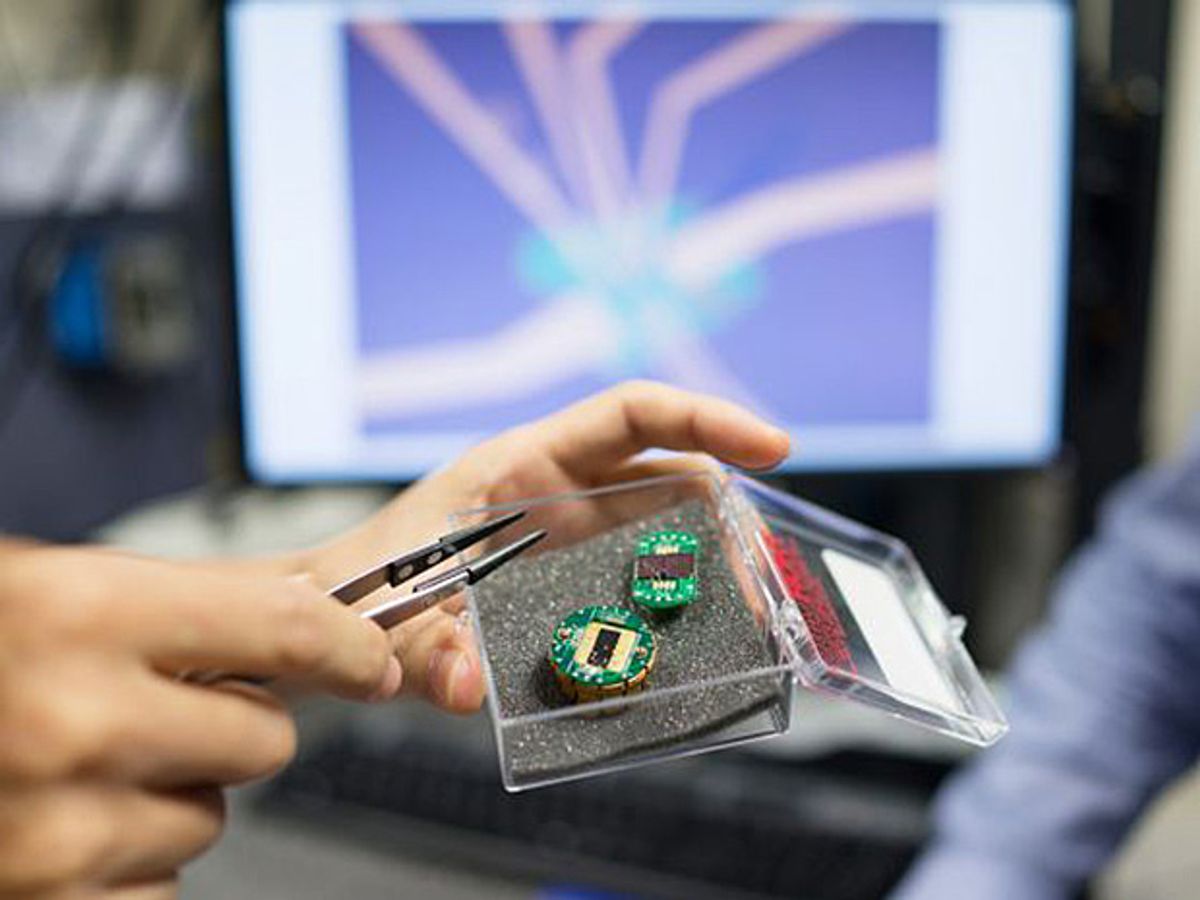Most of the sensor chips that turn home appliances such as refrigerators and washing machines into smart devices do so by detecting changes in electrical resistance brought on by the presence of magnetic field—also known as magnetoresistance (MR). These sensor chips, sometimes referred to as MR sensors, have traditionally been fabricated from silicon.
Now researchers at the National University of Singapore (NUS) have produced these MR sensor chips out of graphene and boron nitride. Their version is 200 times as sensitive to electrical resistance as its silicon counterpart.
In research published last month in the journal Nature Communications, the NUS researchers used boron nitride as a substrate for graphene sheets; the resulting chip forms an interface that allows electrons to pass through the material very quickly.
“These electrons can thus respond to magnetic fields with greater sensitivity,” said Associate Professor Yang Hyunsoo in a local report on the research.
The chip possesses high sensitivity to both high and low intensity magnetic fields, and neither its tunability nor its resistance changes substantially in varying temperatures.
Silicon sensor chips’ properties begin to change as their temperatures approach 127 degrees Celsius—the maximum temperature at which most electronics operate—causing their sensitivity to wane. Conversely, the graphene-based sensors’ sensitivity actually improves as the temperature rises. As they reach 127 °C, their ability to sense resistance changes is as much as eight times greater than it is at room temperature.
What this could mean, according to Yang, is that the costly temperature correction mechanisms that these sensors now need when they’re used in automotive applications can be eliminated.
As far as tunability, the researchers discovered that they could alter the mobility of the graphene multilayers simply by tuning the voltage across the sensor, which enables the optimization of the sensor’s properties.
The researchers, who predict that this new sensor will make a big splash in the billion-dollar magnetic sensor market—which includes not only MR sensors but also superconducting quantum interference devices, or SQUIDs—have applied for a patent to protect their technology.
As Yang told the sci-tech news service Phys.org:
Our sensor is perfectly poised to pose a serious challenge in the magnetoresistance market by filling the performance gaps of existing sensors, and finding applications as thermal switches, hard drives and magnetic field sensors. Our technology can even be applied to flexible applications.
Dexter Johnson is a contributing editor at IEEE Spectrum, with a focus on nanotechnology.



